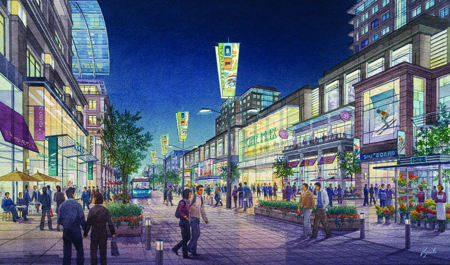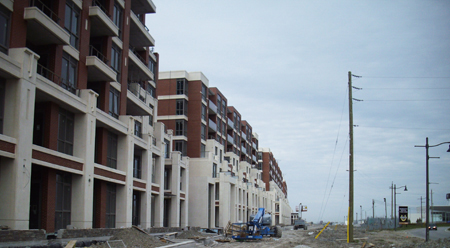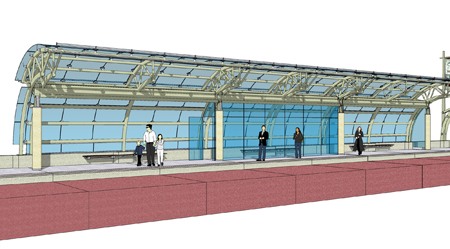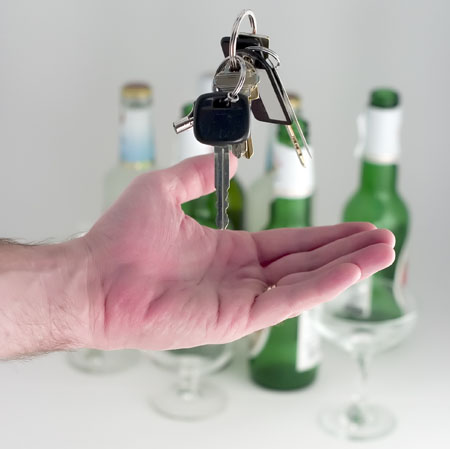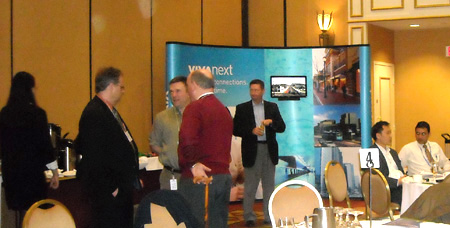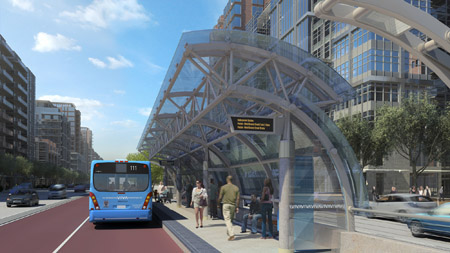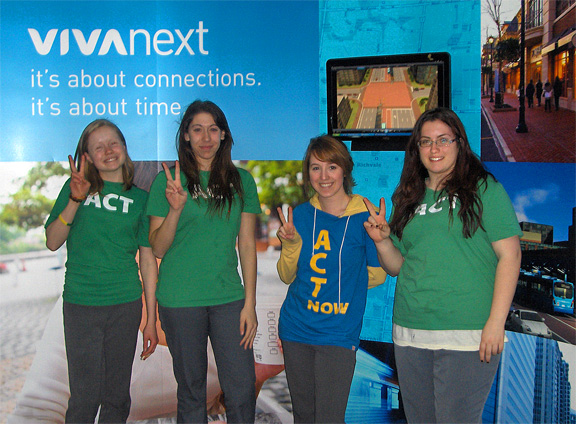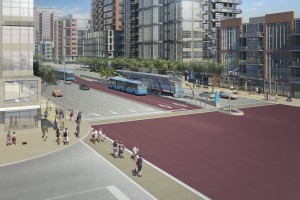
We all know that traffic congestion is getting worse. The major arteries, including Yonge St., Davis Dr. and Highway 7, are packed during peak hours of the day and congestion is only expected to get worse. That is a key reason why York Region is taking steps to improve rapid transit and build livable cities.
We wanted to know what you had to say about congestion, so we recently conducted a survey.* When asking York Region residents how they rate traffic congestion on a 10-point scale, over 75% of them said it was between a six and a 10, where 10 was high traffic congestion. In fact, four times more people rate traffic congestion as “high” than rate it as “low”. And almost 25% of the people surveyed rated congestion as an eight on the scale.
When asked about solutions, the largest percentage of respondents said that more and better rapid transit was the answer. People also cited bicycle lanes and more roads as other solutions.
It sounds like we are on the right track to providing those who work and/or live in York Region the solutions they need to avoid congestion.
What do you think about traffic congestion around York Region and what else should be done? Tell us what you think.
*Survey deemed accurate to within 5 percentage points

